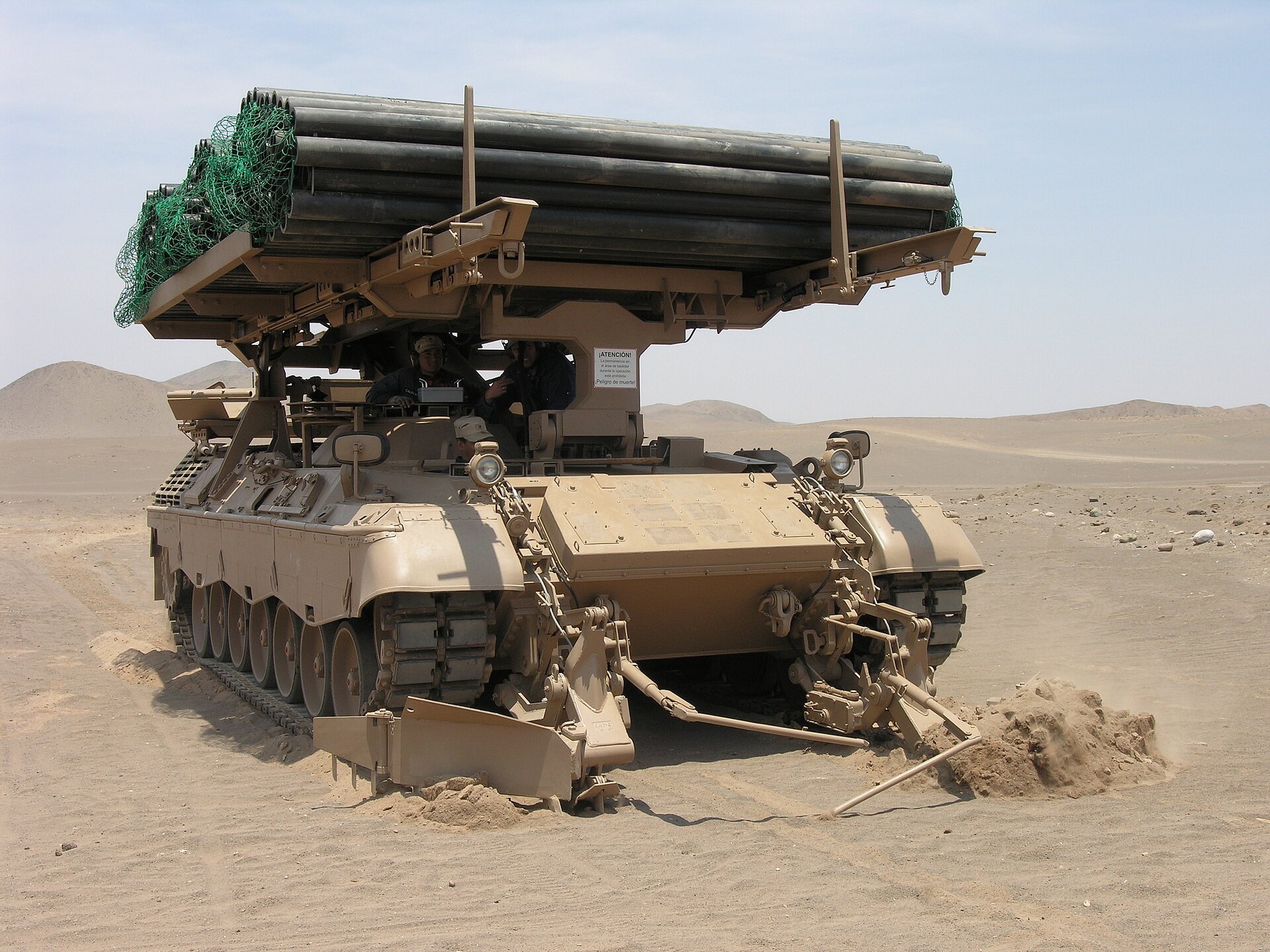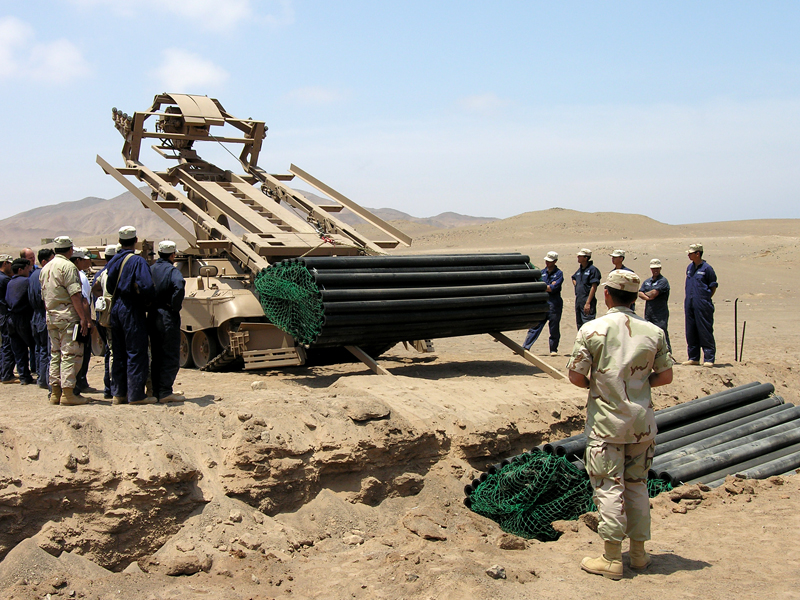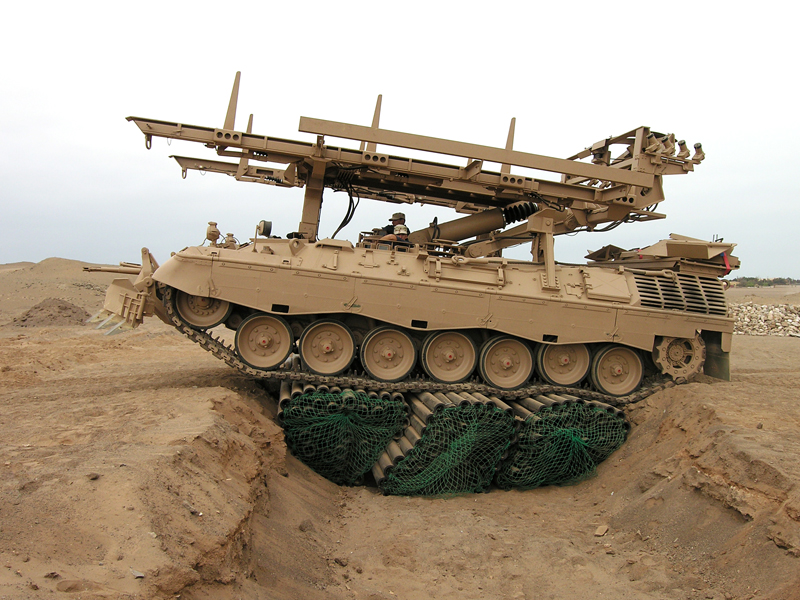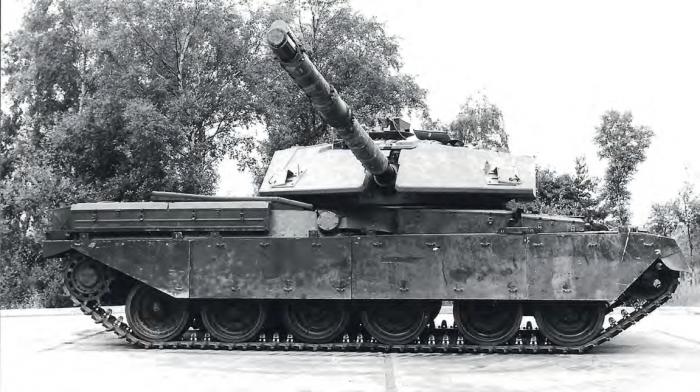-
Posts
1,077 -
Joined
-
Last visited
-
Days Won
8
Content Type
Profiles
Forums
Blogs
Gallery
Downloads
Events
Posts posted by Lord_James
-
-
In a pusher prop engine, do the exhaust gases reduce the efficiency of the propeller? Hotter, and therefore less dense air would probably be less ideal to propel yourself with than ambient air.
-
-
1 hour ago, Domus Acipenseris said:
Point taken on Pennsylvania vs QE. I'll amend the statement to most powerful RN ships. Would we like to start a debate on 14 vs 15 vs 16" main armament? I do not know enough to contribute much but would be an eager reader of that debate.
It’s fine, I still understood what you were saying . The Queen E’s were very good, but still suffered from the typical British engineering practice of “penny wise, pound foolish”.
. The Queen E’s were very good, but still suffered from the typical British engineering practice of “penny wise, pound foolish”.
However, this is about her majesty’s admirals, and not their boats, so I’ll stay on topic. I believe Fisher was a more intelligent admiral that the both of them, some of his ideas having very good foresight of future events, also his 2 legacy ships, all big gun battleships and battle cruisers, even if both were not used as effectively as theorized.
-
1 hour ago, Domus Acipenseris said:
There is a myth I've seen online and had plenty of arguments about. The myth says that Beatty was a superior admiral to Jellicoe. Absurd to anyone in the know but it persists. I believe it persists because some people see their own personality in Beatty and therefore stick up for him.
Where to start? Jellicoe was involved in the building up of the technical side of the RN in WW1. He knew that the RN AP shells did not work and that he had a powerful but flawed instrument under him. Jellicoe knew that the RN was doing as much as it could against the Central Powers with blockade and amphibious warfare and that destroying the German fleet won the Allies nothing. At Jutland Jellicoe had 0 scouting data from Beatty and therefore had to make decisions based upon instinct, hunches, and reasoning about what effect his choices would have given what the enemy might be doing. He chose right and crossed the T, letting his superior weight of shell tell.
Beatty did not fire his signals officer for personal reasons, costing him battles given the fact that his flagship could not give orders in battle. At Jutland he went charging after the enemy, leaving the 4 most powerful ships in the world behind due to the lower speed of those ships (Queen Elizabeth class) and once again, poor signals. The magnitude of this error is clear when one realizes that Hipper had 5 ships to Beatty's 6. Beatty could have had 10, 4 with 15 inch guns, had he wanted them. Instead he left them behind. Beatty's main task was to inform Jellicoe of German positions which he did not do.
I'm not sure why this is even a myth but I wanted to help bust it here.
The best book I've read on WW1 naval combat is Robert K Massie's Castles of Steel. Very entertaining as well as informative.
Trigger warning: I really hate link rot so I spammed this paper on Jutland.
https://onlinelibrary.wiley.com/doi/abs/10.1111/1468-229X.12241
https://eprints.whiterose.ac.uk/99759/1/Jutland.PreReview.pdf
Admiral Fisher is rolling in his grave; if you’re going to cite OG British admirals (the few good ones there were), cite the best
Also, I’m pretty sure Pennsylvania was the most powerful battleship in the world, with 50% more guns at only 7% smaller caliber.
-
10 hours ago, Sturgeon said:
I detail how superior the Su-25's gun is in this article: https://www.thefirearmblog.com/blog/2017/09/15/russias-10-warthog-su-25-rook-attack-jet-gun/
The blog and my phone don’t want to cooperate, considering “a problem repeatedly occurred” 4 times before I had read the first paragraph.
-
Would decoys or active countermeasures (like chaff) be counted as stealth, since they make it more difficult to gain a target? Or is stealth, in this context, not being seen in the first place?
-
2 hours ago, Scout said:
I feel like that acronym was planned from the start, considering they could have just as easily gone with ERAC (extended range artillery cannon). -
Not 100% sure where to ask this, but here seems most appropriate:
Do turbochargers or other aerial turbines have any troubles with humidity or water/liquid vapor? I know steam turbine blades don’t do so well when the steam condenses on them, but I’m not sure if turbo blades operate at such extremes.
-
On 11/8/2021 at 6:51 AM, Toxn said:
The testers here are things like the hot 76mm used on the Rooikat or the 60mm used on Chilean Shermans. From what I can find, the round is a comparable size to the 105mm gun, and has comparable APFSDS performance (if a little poorer overall). The gun is actually heavier than the 105mm L7, however, even though it's a nearly a metre shorter. It also seemingly has a longer recoil stroke. From what I can find about the 60mm HVMS, it's significantly lighter than either the 105mm or 76mm, but has an intermediate length. It's also significantly less powerful, clocking in at something like 240mm of RHA penetration at 2000m vs 270 (76mm) or 300 (105mm).
Do those guns have the same propellant load as the normal L7? I would think squeezing the round down would necessitate lengthening the cartridge, which isn’t preferable to reducing the size of your tank, or necking it down significantly. -
Are we going to do a Morman JDB comp next, or are we going back to cascadia to check back on Norman? Or am I just thinking too far ahead?
-
-
On 8/13/2021 at 7:18 PM, LoooSeR said:
Don't you like all the S O F T R E B O O T S of good movies?
It’s pretty bad. It tries to set up a bunch of emotional scenes but falls flat, it’s tone deaf (these are the kids of the one ghost buster who was romantically awkward… which either kills the joke, or makes this whole movie a joke), and it’s just flashy without substance. HOWEVER, I will mention that they do use some practical effects which I did like (when using the proton beam, there are practical pyrotechnics on the objects it hits), and Zuul and Vinz look pretty good imo, but doesn’t actually frighten me, while the old 1984 demon dogs will still give me anxiety. -
21 hours ago, Lord_James said:
Hmmmm, I just had a very weird idea, but it will have to wait until tomorrow for me to flesh it out.
Since you like weird ideas @Toxn, I'll @ you specifically

So, with more modern APFSDS having smaller fins that the bourrelet fins of old, couldn't the bore size be reduced for many AP slingers? Reducing the bore diameter (down to roughly 90-95% of the fin diameter, but not to where the fins interact with the tube) might reduce the weight of the barrel, assuming it stays the same thickness, and would definitely reduce the mass of the carrying sabot, meaning more energy towards the penetrator. This might also mean savings to the weight of propellant needed to get a round up to a particular energy, or increase the energy of an already powerful round without increasing the propellant or chamber size. It might be possible to get a 105mm (or less) gun with a thicker barrel and larger chamber that your normal L7A or M68, but slinging full size 120mm (or larger, if the fins fit) sabots at targets. This gun might be somewhat lighter than the 120's, but I don't think by too much.
I'm going to assume I'm not the first person to come up with this, and that there must be problems associated with doing something like this. I'm going to guess there are barrel droop and vibration problems, thought these might be less so than a normally designed gun because I specifically stated that the barrel stays the same thickness as the original gun (read: 120mm L/44) to cope with the (assumed) higher pressures of the larger parent gun. There's also the fact that the HE shells you will want to sling at infantry are also less effective, unless you make the HE abnormally long, which might also have hidden consequences like strange shrapnel dispersion or tumbling or something else you don't want. I'm disregarding HEAT due to it falling out of favor based on greater ERA usage across many combat vehicles, but it's problems would be similar to the HE shell.
Any thoughts from anybody? I'm always open to being corrected and learning real world experience.
-
Hmmmm, I just had a very weird idea, but it will have to wait until tomorrow for me to flesh it out.
-
-
9 hours ago, Toxn said:
That's a really interesting question! Which I'm deeply unqualified to answer

Anyway, the equation for hoop stress is Pd/2t under the thin-wall assumption, which seems to indicate a linear relationship between pressure and wall thickness. The relationship between pressure and velocity is a bit more complicated, but running the numbers on test barrels (a 75mm L/40 gun running at 375MPa, and a 75mm L/30 running at 500 MPa) seems to show a similar relationship in terms of the length needed.
The terms thus appear to cancel out, at least for the calibre range you were referring to: a high-pressure gun, having the same performance as a low-pressure one, will weigh about the same.
Here the obvious problem is that cannons are not thin-walled, which means that you need to do integration and constant-finding to get a good answer. Now, without wanting to touch that particular mess at all, my gut feeling is that the higher the pressure the thicker the walls need to be relative to lower-pressure tubes. Which probably leads, in turn, to lower-pressure guns being lighter than higher-pressure ones for the same level of performance. The functional constraint then becomes about length and tube stiffness, which starts to become a significant factor as your low-pressure potato cannon scales up in velocity.
Extrapolating, then: a low-pressure gun is great if you can get away with it, being lighter than a high-pressure one of the same performance (which is probably why things like the low-pressure 90mm guns are built the way they are). In fact, as a designer you should probably look for the lowest-possible pressure to run a gun at so long as it fits within the maximum dimensions that you're allowed.
Unfortunately, if you're looking at slinging an energetic (read: AP or APFSDS) shell, then this also implies that you're doomed to chase after higher and higher pressures (and thus relatively heavier guns) simply to keep within reasonable size and stiffness constraints.
I’m sure there are diminishing returns on such things when bore caliber scales up, and barrel length will most definitely get excessive if you want a low pressure / high velocity 120 (I’m tempted to see how low a pressure you can achieve with a 120mm L/70 while still being a viable sabot shooter). Barrel droop will probably kill any guns this long, though, without reinforcing, which negates the light weight I’m going for. -
Is it more efficient mass wise to have a gun with a longer barrel and lower pressures, or a shorter barrel and higher pressures? The 75mm PaK 42 seems to be about 1 ton by itself, while the similar 77mm HV is 1.5 tons (don’t have a source for the QF 17 lb without carriage).
-
-
-
Can I use this mobility gimmick

-
6 hours ago, Toxn said:
More pedrail:
Are we going to do a competition with wacky mobility gimmicks? -
-
TIL that the Italian's Pugliese torpedo defense system was actually not that bad. The flooding issue that comes up when criticizing this system is due to it's own passive counter flooding mechanism. Pugliese incorporated several channels that ran through the triple bottom of the Littorio's that, when one side is struck and flooded, would transfer water towards the other side automatically, meaning the ship would roll less and would (hopefully) require less attention from the crew and could continue fighting. Counter flooding was normally done on all battleships after torpedo damage, to balance out the weight of the water in those compartments. Where the Pugliese (and all torpedo defense of that time) had problems is that torpedoes with magnetic fuses that ran just below the ship could do significant damage, as seen in Taranto 1940.
further reading here: The Littorio Class - Google Books
-
https://apps.dtic.mil/sti/pdfs/AD1027340.pdf
“Mechanical metallurgy of armor steels” Commonwealth of Australia, 2016


















Legend of the A-10 Hog and the Avenger [Mythbusting]
in Aviation
Posted
The P-47 is crying in its grave that this is her legacy.